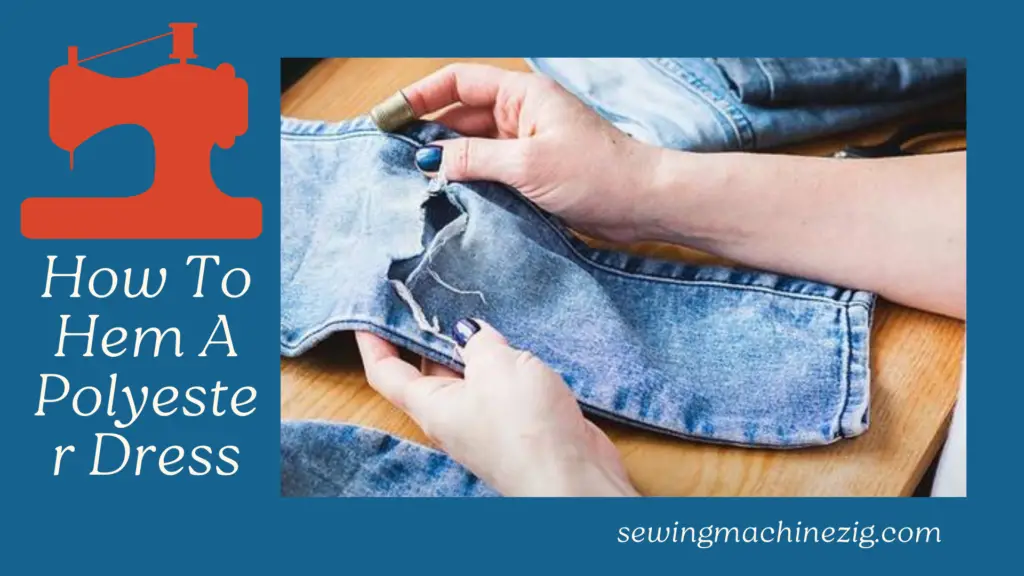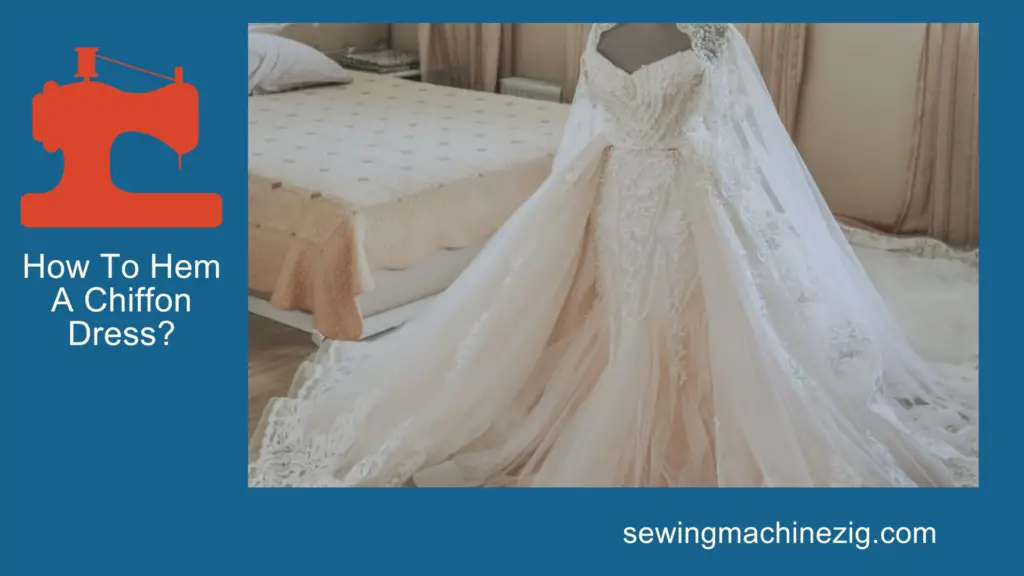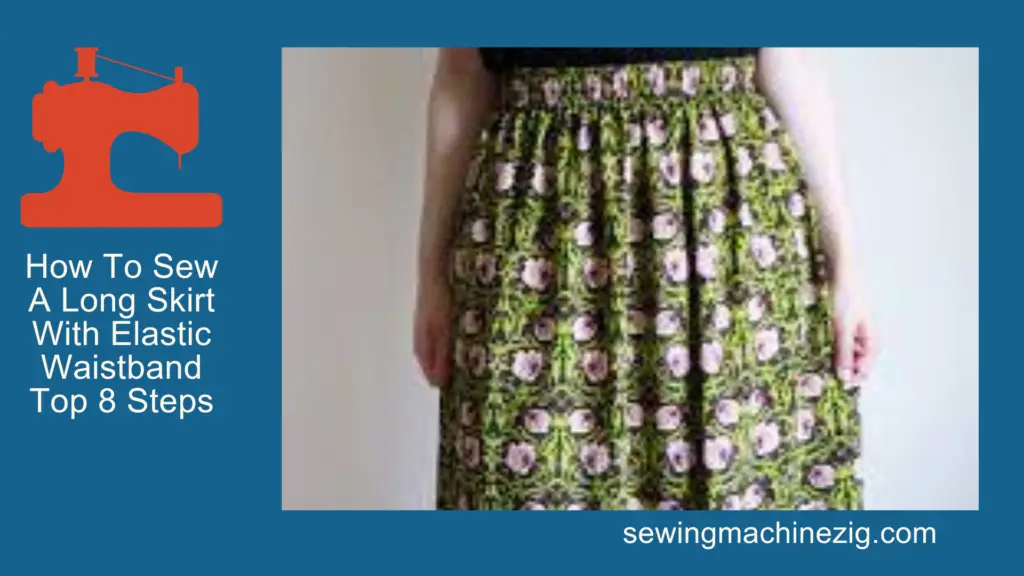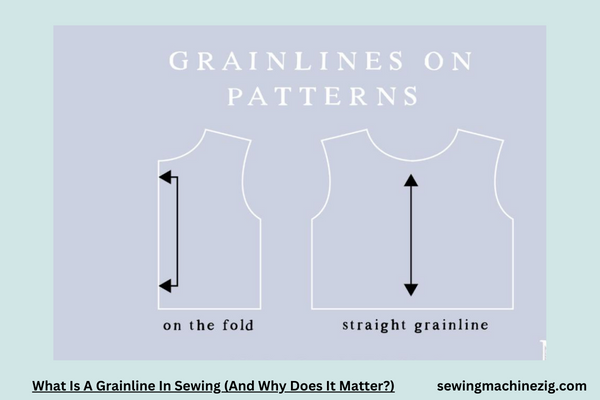
Unlocking the language of sewing involves understanding essential terms, and at the core of pattern alignment lies the concept of a “Grainline.” What is a grainline in sewing, and why does it matter? This guide is your compass in the sewing landscape, decoding the significance of grainlines and their pivotal role in garment construction.
As we unravel this fundamental aspect, you’ll discover how a keen awareness of grainlines elevates your sewing prowess, ensuring your creations align with precision and stand as testaments to the craftsmanship that lies within every stitch.
What Is A Grainline In Sewing (And Why Does It Matter?) Detailed Answer
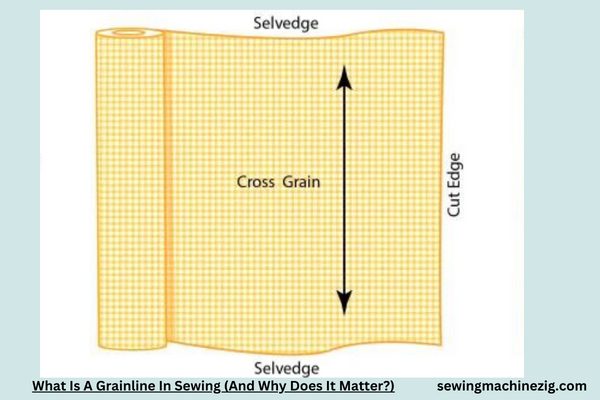
In the intricate realm of sewing, comprehending fundamental terms is akin to mastering a unique language. One such cornerstone concept is the “Grainline,” a silent conductor orchestrating the symphony of pattern alignment and garment construction. Join us in unraveling the mystery behind “What is a grainline in sewing, and Why Does It Matter?”
Step 1: Grasp the Basics of Grainline
The grainline is the direction of the threads in a fabric, typically represented by a straight line on a sewing pattern. It follows the natural orientation of the threads running parallel to the selvage (the finished edges of the fabric).
Step 2: Locate the Grainline on Your Pattern
When examining a sewing pattern, identify the grainline marked by an arrow or a straight line. This line usually extends from the neckline to the hem in garment patterns, guiding the placement of pattern pieces on your fabric.
Step 3: Comprehend Grainline’s Role in Pattern Alignment
Understanding the grainline is crucial for aligning pattern pieces accurately on your fabric. Placing pattern pieces parallel to the grainline ensures the fabric’s threads run harmoniously with the design, minimizing distortion.
Step 4: The Impact on Garment Fit
The grainline significantly influences the fit and drape of a garment. Deviating from the designated grainline can result in misshapen pieces, affecting how the fabric drapes over the body and the overall comfort of the garment.
Step 5: Cutting with Precision
When cutting fabric, align the grainline arrow on the pattern parallel to the selvage or the straight grain of the fabric. This meticulous alignment guarantees that your garment maintains its intended structure.
Step 6: Handling Stretch Fabrics
For stretch fabrics, the concept of grainline remains vital. Pay attention to the stretch direction indicated on the pattern, ensuring it aligns with the fabric’s stretchiest dimension for optimal flexibility and comfort.
Step 7: Avoiding Twisting and Distortion
Following the grainline prevents twisting and distortion in the final product. When all pattern pieces align with the fabric’s natural threads, your garment not only fits better but also hangs elegantly.
Step 8: Grainline in Quilting
The importance of grainline extends beyond garment sewing; it’s crucial in quilting too. Precise grainline alignment ensures that quilt blocks are square, preventing warping or misshapen quilts.
Step 9: Enhancing Sewing Accuracy
By prioritizing the grainline, you elevate your sewing accuracy. This meticulous attention to detail distinguishes professional-looking projects from those with a less polished finish.
Step 10: Exploring Bias vs. Straight Grain
Understanding the difference between bias and straight grain is integral. The straight grain provides stability, while the bias allows for stretch. Recognizing when to utilize each enhances your sewing versatility.
Step 11: Experimenting with Grainline Variations
While tradition emphasizes parallel alignment, experimenting with grainline variations in pattern layout can result in unique design elements. However, be mindful of the potential impact on fit and drape.
Step 12: Final Verdict on Grainline Importance
In conclusion, the grainline is the unsung hero in the world of sewing. Its role in pattern alignment, garment fit, and overall project precision cannot be overstated. So, the next time you embark on a sewing adventure, let the grainline be your guiding thread, ensuring that every stitch aligns with the symphony of meticulous craftsmanship.
What is a grainline in sewing? It’s the blueprint to sewing excellence, and its significance is woven into the very fabric of your creations.
A Basic Explanation Of Grain Lines
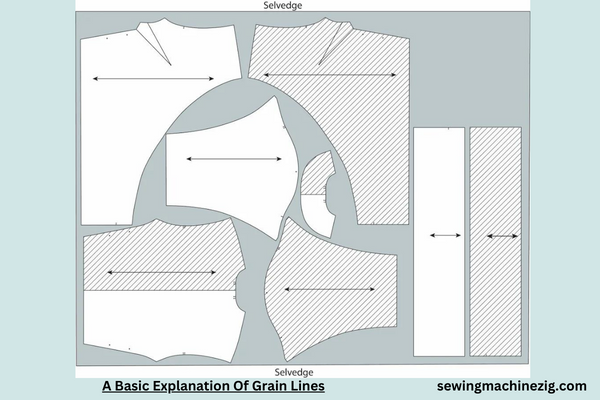
Imagine fabric as a grid, and the grainline is like the compass, indicating the direction of the threads. It’s usually depicted as a straight line on sewing patterns.
Why Does It Matter?
Alignment is Key:
- The grainline helps you align pattern pieces with the fabric threads. Think of it as a blueprint for accurate cutting.
Fit and Drape:
- Sewing along the grainline ensures your garment hangs correctly. Straying from it can result in twists or misshapen pieces.
Stability vs. Stretch:
- The straight grain provides stability, while the bias allows for stretch. Knowing when to use each is crucial for a well-fitted garment.
In a nutshell, understanding the grainline in sewing is like following a map—it ensures your creations turn out just the way you envision them. Happy stitching!
Grainline Of A Fabric : Why Is It So Important?
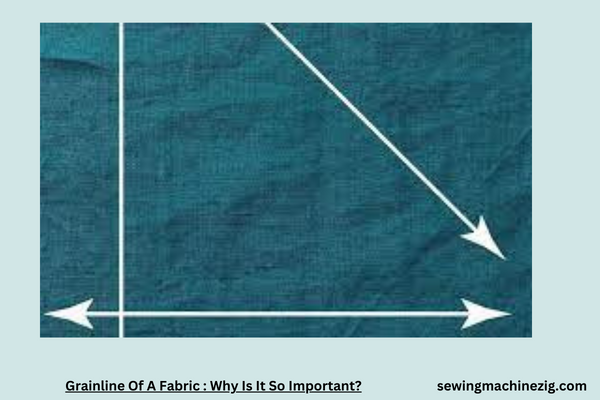
Think of the grainline as the compass of your fabric—it’s a straight line that follows the threads. On sewing patterns, it guides how you position and cut your pieces.
Why Is It So Important?
Cutting Accuracy:
- Following the grainline ensures your pattern pieces align perfectly with the fabric threads, resulting in accurate cuts.
Fit and Shape:
- Sewing along the grainline helps your garment maintain its shape. Straying from it can lead to twists and turns in your final creation.
Fabric Stability:
- The grainline provides stability. It’s like the backbone of your fabric, ensuring it holds its structure.
Avoiding Stretch Issues:
- Knowing and following the grainline is crucial to prevent unexpected stretching or distortion in your finished project.
So, understanding the grainline is like having a superpower in sewing. It’s your guide to a well-fitted, stable, and perfectly shaped masterpiece. Happy sewing!
Conclusion
In essence, understanding What is a grainline in sewing and why it matters unveils the blueprint for impeccable creations. By aligning fabric along this vital direction, you ensure garments maintain shape, drape flawlessly, and withstand the test of time.
The grainline serves as a guiding compass, influencing the overall fit and stability of your projects. Incorporating this fundamental knowledge into your sewing endeavors guarantees a solid foundation, allowing your creativity to flourish with precision and purpose. Embrace the grainline, and witness your sewing skills reach new heights.
FAQS
Q1: What exactly is a grainline in sewing, and how can I identify it on my fabric?
A1: The grainline in sewing refers to the direction of the fabric threads. It is typically indicated on sewing patterns as a straight line. You can identify the grainline on your fabric by aligning it with the selvage edges, creating a parallel line to the threads.
Q2: Why is understanding the grainline important in sewing projects?
A2: Understanding the grainline is crucial in sewing for several reasons. It ensures proper fabric alignment, which affects the fit, drape, and stability of the finished garment. Sewing along the grainline prevents distortion and ensures your creations stand the test of time.
Q3: Can I deviate from the grainline when cutting fabric for my sewing project?
A3: It’s advisable to follow the grainline indicated on your sewing pattern. Deviating from the grainline can result in misshapen garments and affect the way the fabric drapes. Following the grainline ensures that your cut pieces align with the fabric’s natural structure. “What is a grainline in sewing“
Q4: How does the grainline impact the fit of a garment in sewing?
A4: The grainline significantly influences the fit of a garment. Sewing along the grainline ensures that the fabric behaves as intended, preventing twists or distortions that can affect the overall fit. Proper alignment with the grainline results in garments that hang correctly on the body. “What is a grainline in sewing“
Q5: Can the grainline affect different fabrics in sewing projects?
A5: Yes, the grainline can have varying effects on different fabrics. While it provides stability to woven fabrics, it impacts the stretch of knits. Understanding how the grainline interacts with each fabric type is essential for achieving the desired outcome in your sewing projects. “What is a grainline in sewing“
Q6: Is the grainline important in quilting projects as well, or is it mainly for garment sewing?
A6: The grainline is relevant not only in garment sewing but also in quilting projects. Proper grainline alignment ensures that quilt blocks maintain their shape and that the overall quilt top hangs and drapes uniformly. Whether sewing garments or quilts, the grainline is a fundamental aspect of successful and durable projects. “What is a grainline in sewing“

